Tips to Help Your Kids to Excel at School This Year
Rink Partridge Insurance Staff
August 14, 2019
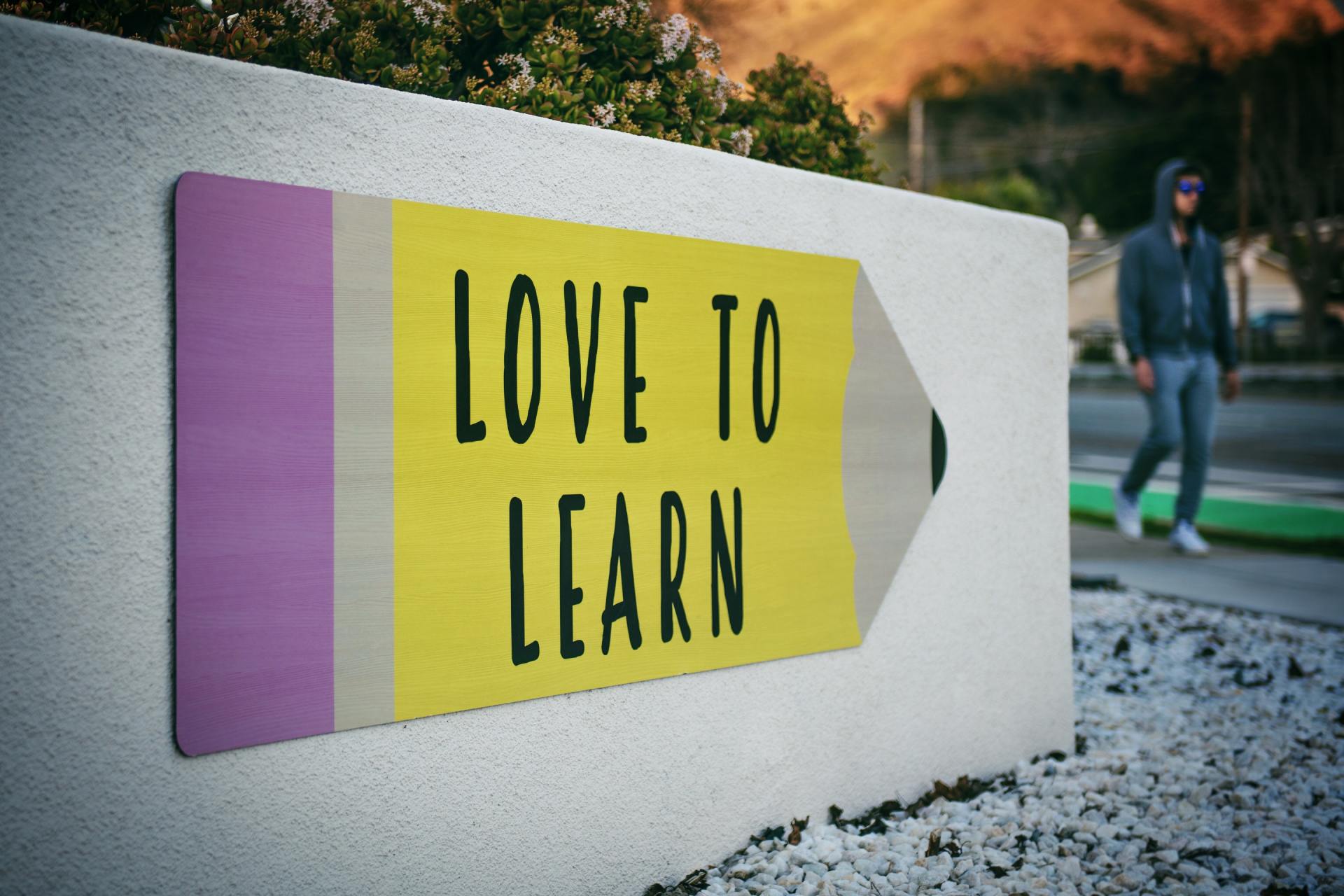
A Successful School Year Starts at Home
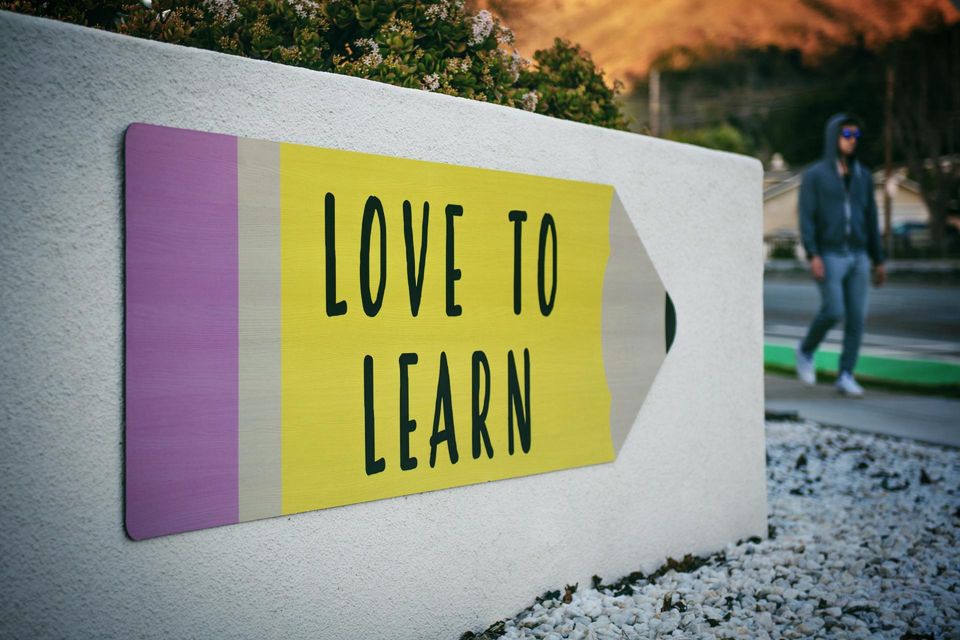
The start of the school year is right around the corner. In fact, some students in the United States have already tackled this year’s first day of school for the year, and the rest of the students will be back in classes shortly after Labor Day. And as with every year as parents get their kids back into better sleep habits, getting through the school day, and keeping grades up, they also wonder if they are doing everything they can to help their kids be successful at school.
Five tips to help your kids be successful at school
Thankfully, there are several tried and true strategies that can help parents and kids work together for a more successful school year.
- Parents need to remain engaged and involved. A key factor in this is by attending parent open houses and conferences. The more visibility you have to the student’s teachers and school environment, the better you will be able to understand your child’s day and their daily requirements. Further, partnering with your child’s teacher will encourage open dialogue to help your child where needed. Parents can also stay involved in their child’s education by chaperoning field trips, helping to organize class parties and events, reading a story to the class, or even helping to organize the senior class party if your child is older, are all helpful methods to stay informed on what is happening at school.
- Make sure your child has a quiet and comfortable place to complete their homework. And not only should you provide the place, but also make sure that your child has adequate time for homework. Too many extra-curricular activities and even chores can distract your child. Make sure that the number of home responsibilities and extra activities such as sports, singing lessons, etc., are at a fair balance based on the age of your child. Your children will appreciate the opportunity to be kids as well, and when they get the right balance of leisure time, it can have a very positive impact on academics.
- Your child needs to have sufficient rest each night and should be properly nourished when coming to school. Most children need somewhere between seven to ten hours of sleep per night, but this will vary by age. Further, children will function better and demonstrate better academic performance when they are properly fed before the school day begins.
- Teach your child proper organizational and study skills. Be sure to check your child's homework folder or online assignment portal every school night so that you can help them to be on top of their assignments and so that your child doesn't fall behind. Also, help your child to prioritize their evenings, perhaps with homework first, followed by scheduled activities or some free time, and then chores before bed. No one is born with great organizational skills - your child will appreciate the opportunity to learn and to adopt these skills (though they might not acknowledge it until later in life).
- Talk about your child’s school day. During dinner time or on the way to and from activities, spend time asking your child about their day. Use the time together to get them to share what they learned that day, and even to ask them what they had for lunch. While some children will share more than others, this daily habit will be good for your relationship with your child, but will also teach your child about the value of person to person communication (especially in today’s digitally-focused world). Not only that, but you will be indirectly working on memory exercises with your child as you help them to recall what transpired throughout the day.
While there are other things you can do to help your child, the above tips are perhaps the most important and the most linked to successful academic performance. Of course, if the above strategies aren’t working and your child is struggling in school, you will likely uncover these challenges much faster as a result of your engagement. Use those red flags you have identified through the process to work with your child’s guidance counselor to seek out methods that can help them to overcome the current situation.

Halloween is here and while there are fun traditions that come along with the day- such as trick or treating, carving pumpkins, decorating the house with lights and decorations- there are also risks that come to life for some drivers and homeowners. Let’s talk about some of the most common insurance claims that arise on Halloween, how you can protect yourself and your property, and why it is important to have the right insurance coverage to keep your day worry-free. Tricks Vandalism - Halloween sees a large increase in vandalism claims from spray-painted cars, smashed doors and windows to egged houses and more. If you experience vandalism to your home, car, or other property take a minute to determine how much damage there is and consider the amount of your deductible. Once you know the amount of damage in comparison to your deductible, you can decide if the cost to repair the damage is worth filing a claim. Car theft - carrying comprehensive coverage on your auto policy will help protect your vehicle if it is stolen or vandalized. Fire Hazards - If you carve a jack o’lantern for your porch, consider using a battery-operated candle rather than a fire-lit candle. Decorations can create a fire exposure, especially when they are placed too close to a heat source. According to the National Fire Protection Association “From 2019-2023 there was an average of 832 home structure fires that began with decorations per year.” Liability - Children and parents who are out and about trick-or-treating create more foot traffic on your property than any other time of the year. With an increase in foot traffic comes a higher potential of slip-and-fall incidents. Keep your walkways clear from obstacles and ensure it is well-lit to help stop accidents from occurring. Treats Park Smart - Choose a well- lit area and if possible, park in the garage or a visible place from your house. Remove valuable items from your car and make sure the doors are locked. Secure Your Home - Keep your house well-lit, check your smoke detectors to make sure they are working properly and lock your doors if you are going away. Stay Focused on the Road - Keep distractions low, put away your phone, and keep your eyes open for little munchkins who might not be watching the road. Following a couple of simple steps can help make your Halloween fun and worry-free. If an incident occurs on your property or to your property, contact your insurance agent to see if your policy can help you.
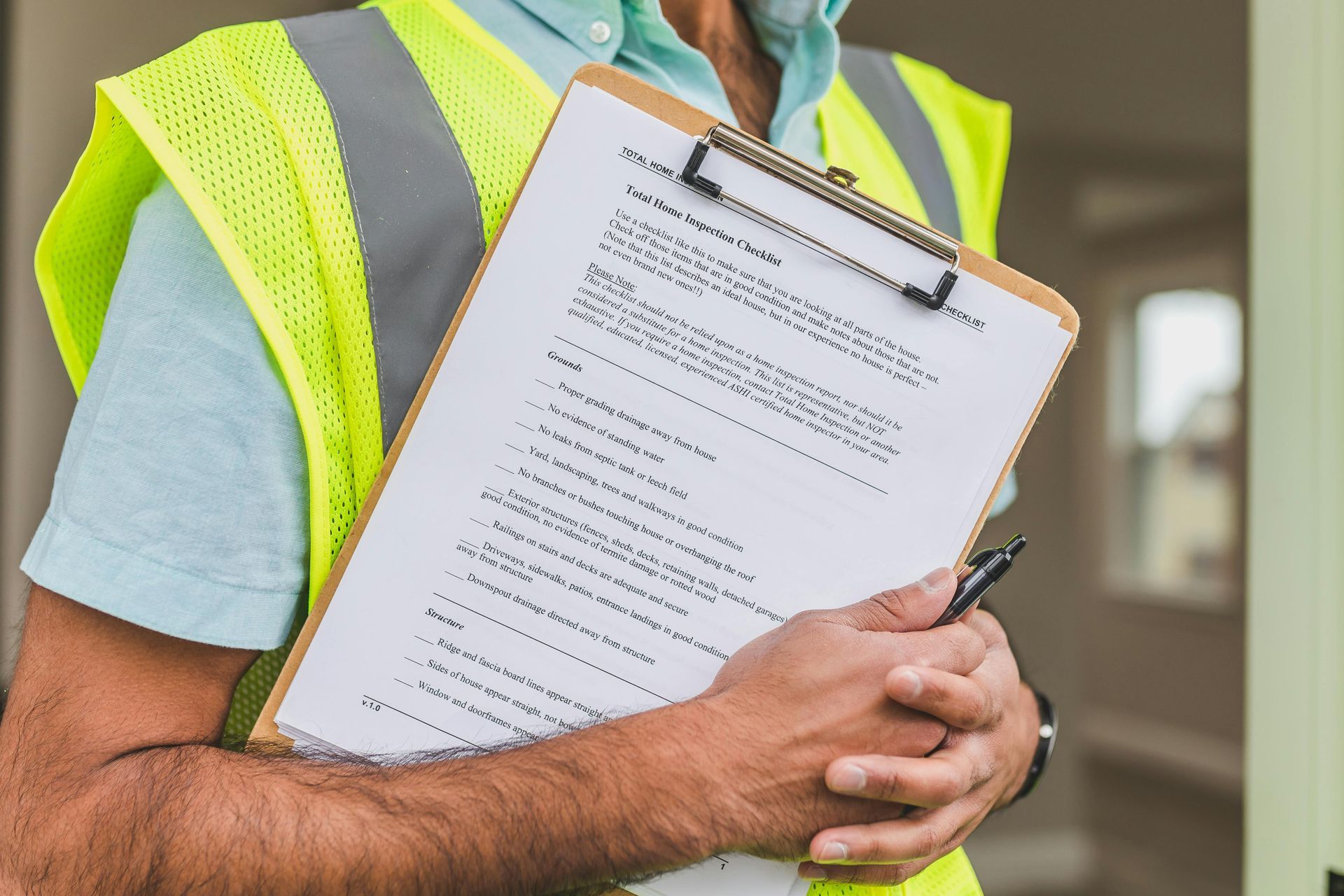
A home insurance inspection is commonly conducted by insurance companies to assess the overall condition of your property. While it may sound intimidating, it is also necessary in order to ensure the house is insured to value. The inspection also helps the company evaluate potential risks that could arise at the time of a new insurance policy or renewal of an existing policy. Who performs the inspections? After the homeowners insurance policy is written, an inspector is hired by the insurance company to visit the property and take notes, photos and measurements. Depending on the situation and the company, they may allow your insurance agent to take the photos and submit them directly to the company. What does an inspector look for? In most cases the inspection is exterior, but in some cases the company will request for an interior inspection to be completed. The critical areas include the electrical, plumbing, roof and structure and HVAC system, but they will also look for potential red flags that may increase the chance of a claim. Additional details they will focus in on include: Water damage Signs of mold or mildew Animal infestation Rot or decay Cracks in the foundation Chimneys and fireplaces If you are receiving a discount on your policy such as a home security system, the inspector may also look for that verification. What do you need to do after the inspection? After the inspection is completed, you may be notified if there are some issues that need to be corrected. They will give you a certain amount of time to make the improvements or to make changes to the insurance policy. Anytime a new policy is written or as the 3-year renewal approaches, the company may be inclined to complete an inspection. It is always best to reach out to your independent agent with any questions and or concerns.

Coverage A: Dwelling Dwelling coverage protects your house and permanently attached structures such as an enclosed porch or garage. Coverage B: Other Structures Separate structures on your property such as a detached garage, shed, pool house, guest house or gazebo are protected under this coverage. Coverage C: Personal Property This part of your policy protects your personal belongings, with a few limitations that you should know about. The standard homeowners policy will place a specific limitation of coverage on certain items such as jewelry, furs, firearms as well as a few other belongings unless they are specifically “scheduled” on your policy. Unless you select the replacement cost option, a standard policy will pay for items that are damaged, lost or Stolen on an actual cash value basis (original value less depreciation). Certain personal property are excluded under your policy such as: -personal property of a tenant -paper records or drawings -software or disks -animals, birds or fish -aircraft or aircraft parts It is important to read the exclusions and limitations outlined on your policy. Coverage D: Loss of Use This part of your policy provides protection for the additional living expenses after a loss to be able to maintain your normal standard of living. Coverage E: Personal Liability Liability insurance covers you for money up to your policy limits if the court finds you responsible for damage to another person’s personal property. Coverage F: Medical Payments to Others Medical payments insurance is homeowners coverage that compensates others who are injured while on your property or others whom you accidentally injure. This coverage excludes anyone who lives in your household.

Before hitting the open road on your motorcycle this season, you need motorcycle insurance coverage that you can count on. Whether you need a policy with liability coverage only or a policy that fully covers your bike, we have something for you! Let’s take a look at the coverages available on a motorcycle insurance policy. Required Coverages Liability: Similar to your auto insurance policy, New York State requires all registered motorcycles to carry bodily injury liability coverage in the minimum of $25,000 per person/$50,000 per accident to cover other parties’ medical bills and other related expenses if you are at fault for an accident. Property damage liability in the minimum of $10,000 is another required coverage that pays for another parties’ vehicle and property repairs if you are at fault. Uninsured/Underinsured Motorist Bodily Injury : This coverage goes hand-in-hand with the liability coverages mentioned above but instead of covering others, this coverage is for you and your passengers. The minimum limits are the same; $25,000 per person/$50,000 per accident. Uninsured/underinsured motorist coverage safeguards against motorists who do not carry enough insurance to cover you or your bike if you’re hit by another drive. Pedestrian Personal Injury Protection : Also referred to as “no-fault insurance” the pedestrian personal injury protection covers medical and other related expenses for injuries incurred by a pedestrian that result from motorcycle, regardless of fault. The minimum requirement in New York State is $50,000. Optional Coverages Comprehensive coverage : provides protection for things that are often out of your control including theft, vandalism, hitting an animal, fire and weather-related damage. Collision coverage : covers your prized possession if it strikes another object or vehicle, regardless of who is at fault. Other coverages : check with your carrier to see if roadside assistance, accessory coverage, medical payments, and total loss coverage are available on your policy.

A home inventory can help you determine whether your policy is providing enough personal property coverage and may help save time and stress when filing a claim. If your personal belongings are destroyed, damaged or stolen from a covered claim, a detailed checklist of what you lost will be an excellent resource for you and your insurance adjuster. What should I include on my checklist? Many insurance companies have a template accessible with the details that should be included on your home inventory checklist. This information includes the name of your items, purchase price, when and where you bought it, as well as other details such as make/model and serial numbers (if applicable). Steps to creating a checklist Choose a method-you can handwrite your worksheet or you can complete it on a phone, tablet or computer. Take pictures Begin with valuables- think about the items that are the most costly to replace (such as collectibles, appliances, furniture, antiques, electronics, etc.) Consider an insurance rider for items such as jewelry, firearms and fine art to ensure adequate coverage Creating a home inventory can save time in the event of a claim and help ensure your belongings are covered properly. Remember to save receipts, be specific in your item descriptions and save photos with your checklist in a secondary location… such as with your agent! We are here to help you with all of your insurance questions and needs 607-324-0455

Jewelry often represents something special in your life-whether it be a family heirloom, a special engagement, or a milestone. Perhaps you even treated yourself with something that you have been dreaming of. Whatever the case, it is devastating to have something that is meaningful either damaged, lost, or stolen. How can you protect these precious belongings? Below is some information about how your homeowners, condo or renters insurance policy can help. A homeowners insurance policy will generally provide coverage within specified limits. Coverage varies from one company and policy to the next. For example, one company may limit coverage on theft of jewelry, while another company may provide coverage up to a certain dollar amount regardless of the type of loss. Other companies will place a specified limit for each item. For this reason, it may be beneficial to add a rider to your policy. What is a rider? A rider, also referred to as a floater, is an endorsement that can be purchased on your homeowners policy to provide additional coverage on jewelry or other valuable items. A rider can provide coverage for an item that might not otherwise be covered on your policy. In order to do this, an appraisal or a receipt may be required by the insurance company to ensure that it is insured to the correct value. Jewelry Protection Tips Take photos of the item or collection Save receipts, appraisals and photos in a fire-proof safe Periodically update the value of your jewelry as expensive items can increase or decrease from year to year. Store your jewelry in a secure area of your home Avoid traveling with irreplaceable or extremely valuable jewelry A great time to review your coverages is when your policy renews or when a big change is taking place. Whether you are giving or receiving a special item, it is worth taking a small amount of time to ensure that it is covered. Keep this article in mind this Valentine’s Day! We are ready to assist you with your coverage needs! 607-324-0455
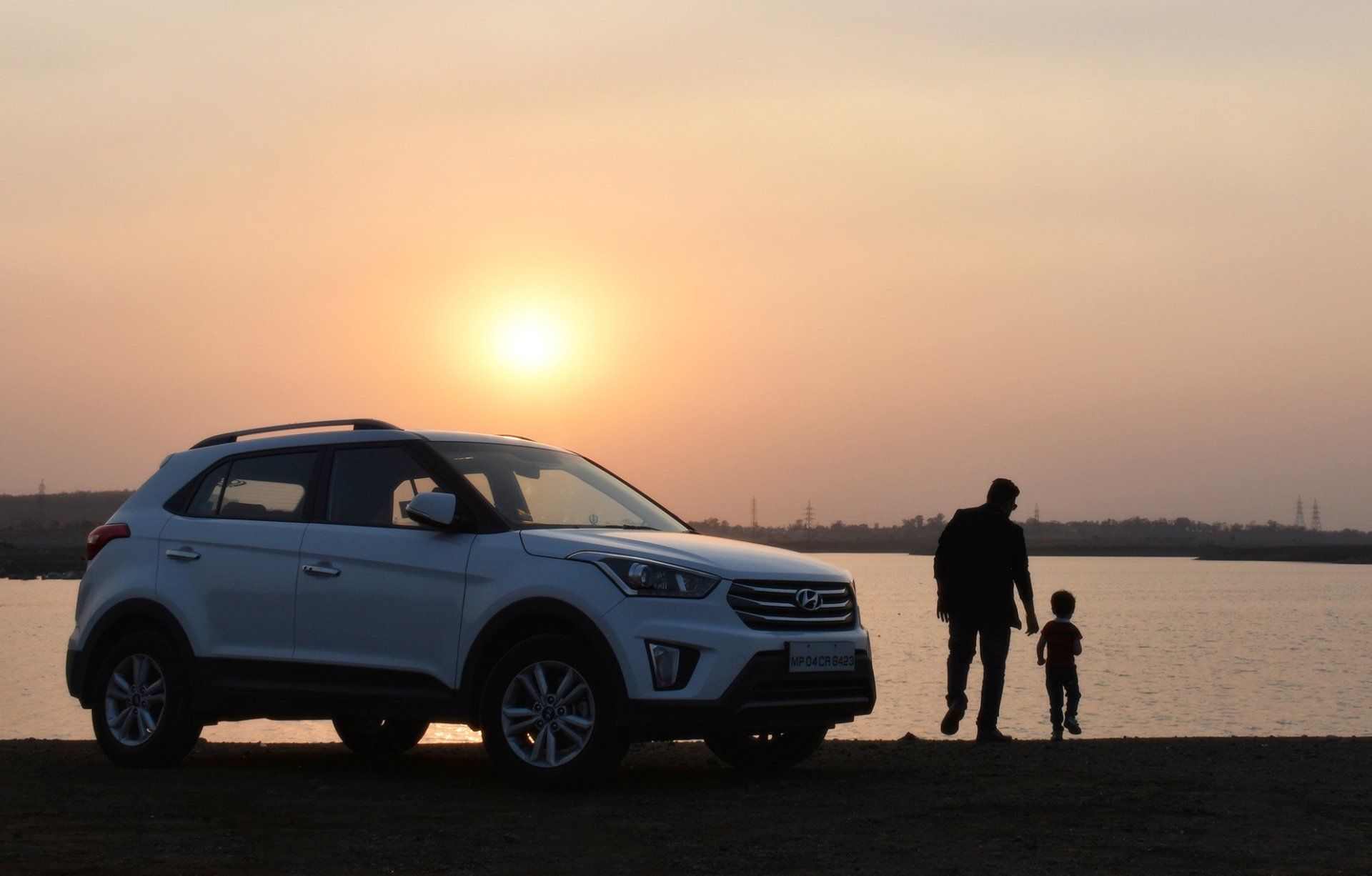
While reviewing your auto insurance renewal, are you stunned by the increase in your policy premium? It is no secret that the price of everything around us has significantly increased over the last couple of years. How is this impacting the insurance world? Let’s take a look at what is driving auto rates. There are several factors that play into this increase. One main factor is that there has been a rise in the severity and frequency of accidents which has led to insurance companies paying out higher claims. Advancements in vehicle technology and inflating costs to repair vehicles along with increasing medical costs has played a large role in increasing premiums. Here are a few additional factors and cost increase percentages that have been provided to us by Mercury Casualty Company: Driving- the amount of drivers on the road has increased by 12.6% and has passed pre-COVID levels. Accidents- with more people on the road, there has been a 26% increase in auto accidents Accident severity- the average cost of each accident has dramatically risen by 34% Labor Repair Rates- labor rates as well as parts has increased by 24% Rental Car Prices- with a low rental car inventory the cost for a rental vehicle has increased by 26% Car prices- when a vehicle is totaled, the cost to replace it has risen significantly: used cars +46.9% and new cars +22.1% We are working daily to find better rates for our customers and are happy to answer any questions that you may have. Feel free to contact us for a FREE quote and to review your current policy coverages.
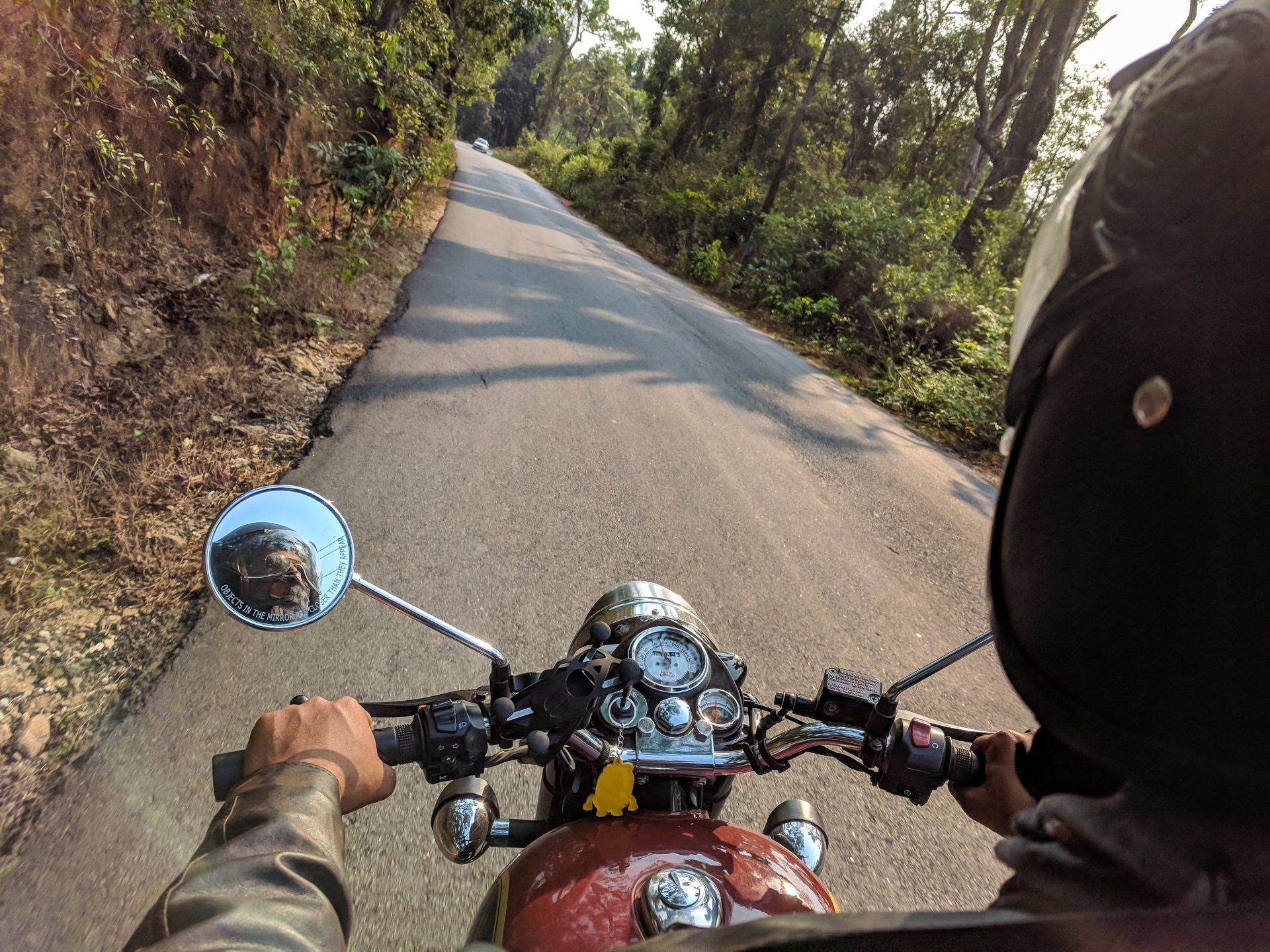
Spring is approaching quickly and the feeling of getting on your motorcycle for the first time of the year is thrilling. Inevitably there is a great amount of risk that comes with being on a motorcycle as you share the road with cars, pick-up trucks and large vehicles who often have trouble seeing motorcycles. A study from 2016 by The U.S. Department of Transportation found that motorcyclists were 28 times at a greater risk of dying in an accident than those in a vehicle. With statistics like this, it makes sense to pay attention to safety precautions as a driver in a vehicle as well as a motorcycle rider. There are a few things that everyone can do to be extra cautious as more and more bikes enter the roads this time of year. Tips for Drivers Always assume that motorcyclists are closer than they appear. Give them plenty of room on the road and keep a safe distance between you and the motorcyclist. Many drivers tend to ride too close to the vehicle in front of them, which can be extra dangerous for a motorcyclist. Be sure to check your blind spots before switching lanes or making any turns. Tips for Motorcyclists Wear protective and visible gear Obey traffic rules, use your signals and follow the speed limit Inspect your motorcycle before each ride- check your turn signals, brakes, headlights & taillights, fuel, oil, etc. Check the weather before hitting the road Take a safety course. There is a discount available on your motorcycle insurance policy by taking an approved safety course! Following a few simple steps can significantly reduce the chance of being involved in a potentially serious and fatal accident. Please drive with caution and watch for others that are sharing the road with you! Contact us to get started with a motorcycle insurance quote 607-324-0455. We are happy to assist you with all of your insurance needs.
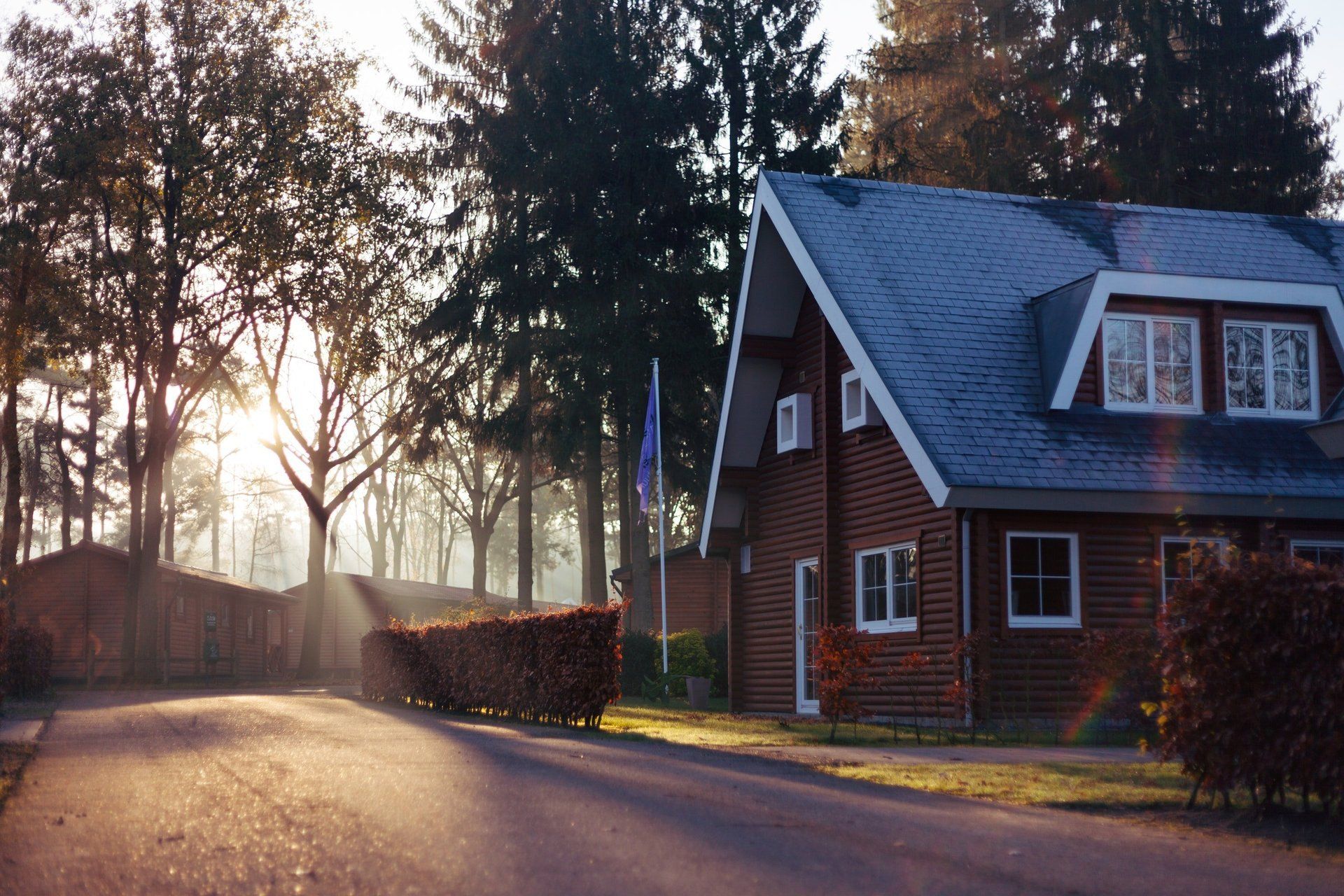
Whether you are a first time homebuyer or have owned a house for many years, all homeowners should have an insurance policy to protect their house as well as their belongings. Some people question whether or not homeowners insurance is required in the same way that auto insurance is. The answer to that is there is no law stating that you must have homeowners insurance, but we strongly encourage everyone to have a policy to protect your investment. If you have a mortgage on your home, many lenders require you to have homeowners insurance. How much coverage do you need? When considering a homeowners insurance policy, the question is… how much coverage do I need? Before we talk about how much coverage you should have, let’s talk about the different types of policies-replacement cost vs. actual cash value. A replacement cost policy is a very common type of insurance coverage that pays to replace or repair your property if you experience a covered loss. The total cost to rebuild your house in a replacement cost policy factors in today’s prices, building codes and construction method which can be higher than your home’s actual value. Another type is an actual cash value policy which pays you to replace your property minus the depreciated amount. When looking at the amount of coverage you need for your house, a few things are taken into consideration including: Square footage of your house The type of roof Recent improvements Overall condition of your home The type of heating system Age of your wiring and plumbing Your insurance agent will use these factors to determine the amount of coverage you need. What are the coverages I will see on my policy? Typical coverages found on your policy are: Coverage A- your dwelling Coverage B- other structures (example: your garage, or a detached shed) Coverage C-personal property Coverage D-loss of use (if you need to stay somewhere else while your house is being repaired, this coverage will help towards the cost of living elsewhere) Personal Liability- coverage if you are found liable for the injury of someone that is on your property Medical Payments- compensates others who sustain an injury while they are on your property or someone you accidentally injure. Questions about your homeowners insurance? Contact your local team of agents at Rink Partridge Agency! Visit our office at 360 Seneca Road, Hornell, NY 14843 or call us at 607-324-0455.

As we see a change in the weather, it has been documented over the years that the types of claims for this time of year change as well. Fall is here and it is time to get prepared and understand the various claims that arise to help you as a homeowner or motorist protect yourself. Animal collisions Deer and other animals are on the move! Pay close attention when you are driving for animals in the road or on the side of the road- especially in the early morning and evening hours. Fall and early winter get both large and small animals venturing into areas they normally avoid. Activities such as hunting play a role in this, so it is important to be aware and drive defensively. Rear end collisions These claims increase more in the fall due to road conditions such as increased rain and changing weather. Always give yourself plenty of space between you and the car in front of you. Fire and smoke Fires starting from candles, fireplaces and cooking increase during the fall months as people begin to hunker down in their homes as the temperatures drop. While candles and cozying up next to the fire can be enjoyable in the cold weather, it also poses a threat to your home. Ensure your smoke detectors and carbon monoxide detectors are fully charged and still effective. Water damage/freezing pipes Damage as a result of rain or freezing pipes occur more frequently between October-December than any other time of the year. Something to keep in mind is as temperatures drop, if it has a source of water, it has a potential of freezing. A burst pipe is expensive enough before factoring in the amount of water damage to your structure and personal belongings. Take the necessary and rather simple measures to ensure that your pipes and your home are ready for freezing cold weather. Unfortunately, sometimes things are out of our control and there is nothing we can do. However, staying prepared and knowledgeable about the various types of claims that rise during this time of year is the best way to protect yourself ahead of time to reduce the amount of these risks. Regardless of the precautions that we take, protecting yourself with a quality insurance policy is beneficial. Contact an agent here at Rink Partridge Agency (607) 324-0455 to review your home or auto insurance needs.
